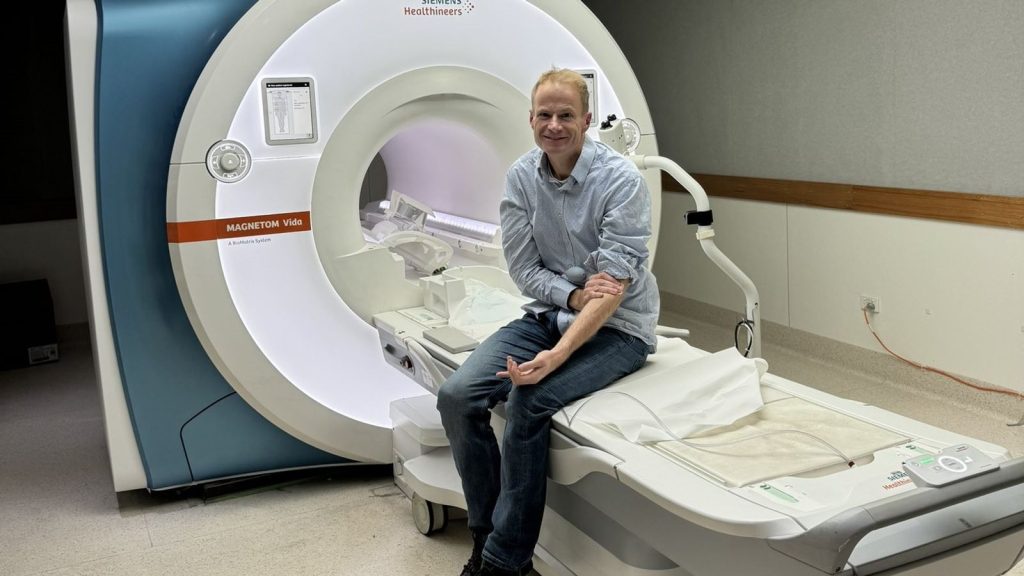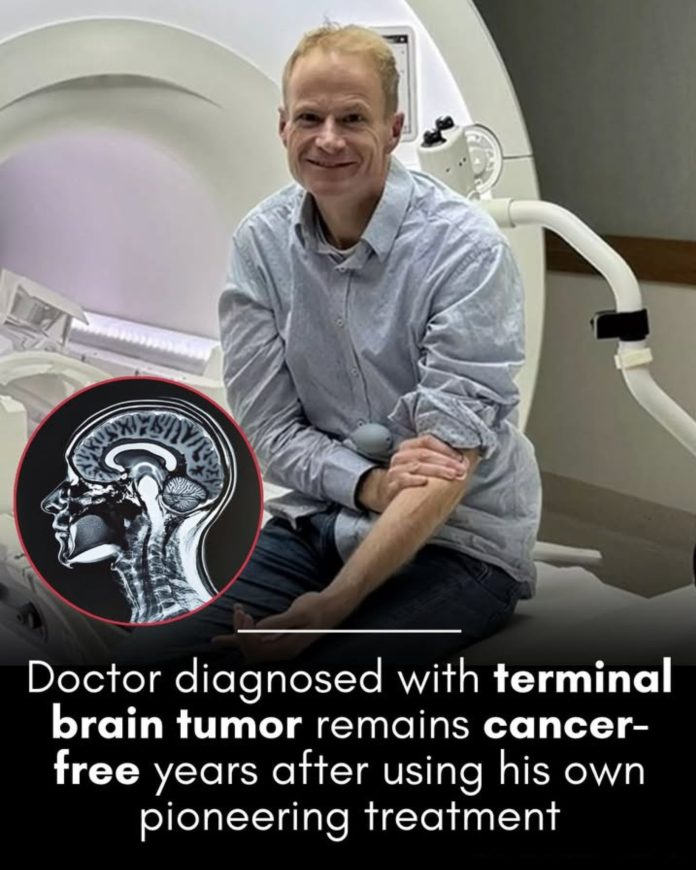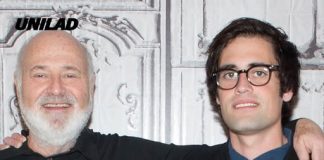In a world where a diagnosis of a terminal brain tumor often feels like a final sentence, one doctor has rewritten the script. Diagnosed with an aggressive and terminal form of brain cancer, this physician not only refused to accept the grim prognosis but also turned his medical expertise into a life-saving mission. Today, years later, he remains cancer-free — all thanks to a pioneering treatment he developed himself.
When he first received the diagnosis, the outlook was devastating. Terminal brain tumors, such as glioblastomas, are notoriously difficult to treat. They are fast-growing, invasive, and resistant to most conventional therapies. Standard treatments typically involve surgery, radiation, and chemotherapy — all of which offer limited life extension and are often accompanied by painful side effects. In most cases, the survival rate is measured in months, not years.

But this doctor — both a patient and a medical innovator — decided he wouldn’t simply follow the expected path. Instead, he used his deep knowledge of medicine, research, and clinical trials to develop a treatment protocol that had never been used before. This protocol combined precision-targeted therapies, personalized medicine, and advanced technology, focusing not just on killing cancer cells but also on strengthening the body’s natural defenses.
Rather than accepting the limitations of traditional treatments, he explored alternative angles of attack, including immunotherapy, gene modulation, and novel drug combinations. His approach was daring — but it was based on logic, science, and an unshakeable determination to live.
The early days were tough. There was skepticism, risk, and many moments of uncertainty. But over time, something incredible began to happen: his tumor shrank. Follow-up scans showed remarkable improvements, and eventually, there was no trace of active cancer left. Against all odds, he achieved what many thought was impossible.
Years have now passed since his diagnosis. While others with similar conditions may have lost hope, this doctor remains healthy, active, and fully cancer-free. His story has become a source of inspiration and hope not only to patients but also to the global medical community. What was once an individual fight for survival has evolved into a beacon of innovation, potentially changing how we understand and treat terminal illnesses in the future.
But beyond the medical achievement lies a deeper message. His journey underscores the power of persistence, creativity, and belief in possibilities. He reminds us that even in the darkest of moments, there can be light — and that science, when driven by passion and purpose, can accomplish miracles.

This case has already prompted renewed interest in customized cancer therapies and has shown that patients themselves, especially those with medical knowledge, can play an active role in their treatment. It challenges the idea that terminal means hopeless, and instead, invites a new narrative where intelligent experimentation and personalized care open doors that once seemed permanently closed.
In the end, his victory is not just about beating cancer — it’s about showing the world what’s possible when the mind and heart work together with science. His story continues to inspire a new generation of doctors, researchers, and patients to never stop searching for answers, no matter how impossible the odds may seem.

















